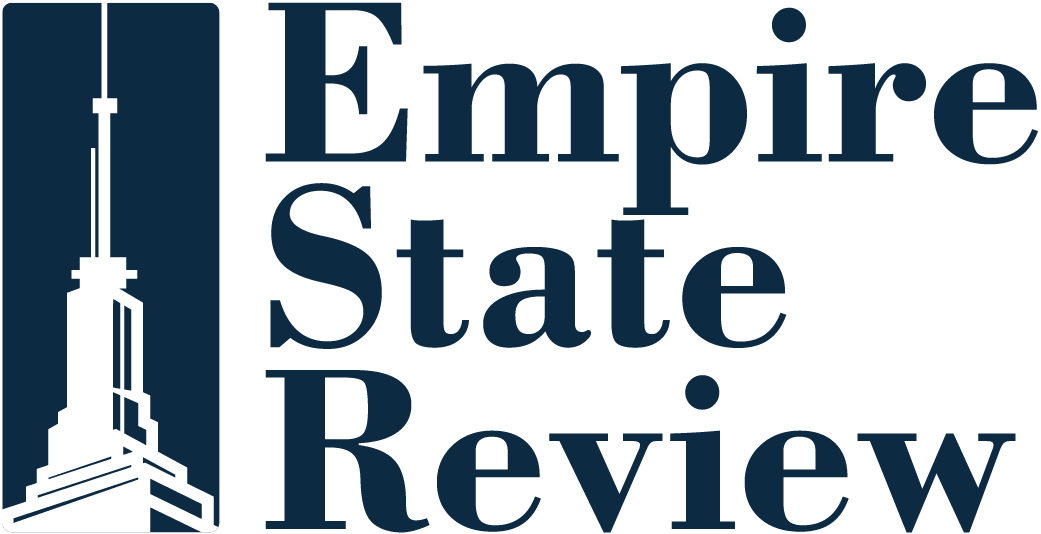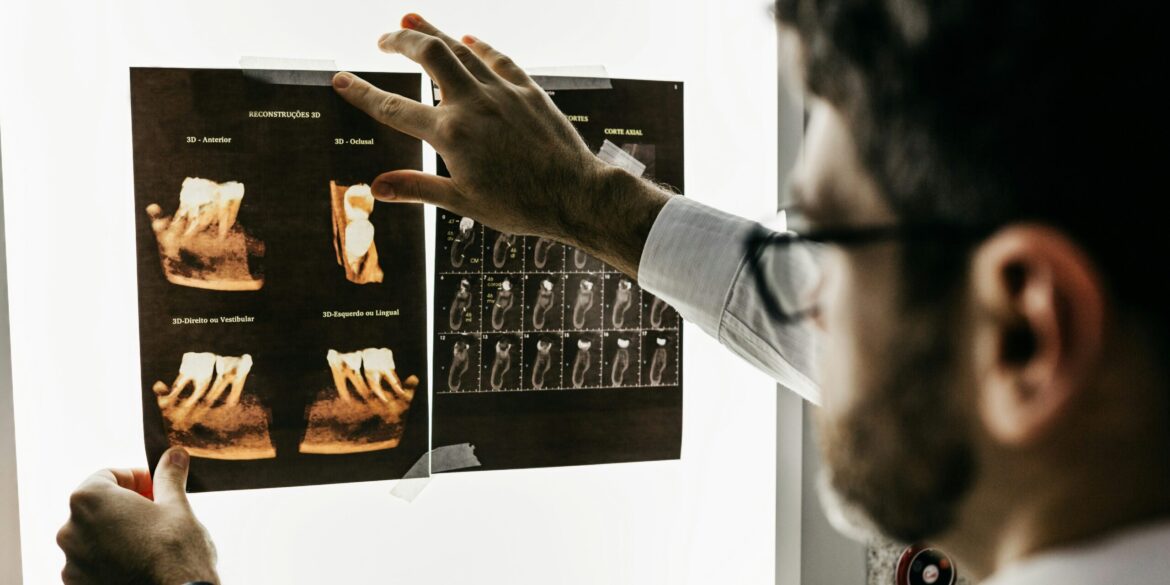In a landmark gathering of leaders from major U.S. health systems, a recent Digital Health Conference showcased real-world artificial intelligence (AI) implementations, patient experience innovations, and workforce strategies designed to confront the physician shortage expected by 2034. The event underscored actionable approaches to narrowing access gaps and modernizing care delivery across the country.
Health system executives and informatics leaders shared AI-powered solutions already in deployment. Presenters highlighted initiatives such as ambient AI assistants for clinicians, which transcribe interactions, auto‑generate SOAP notes, and handle administrative tasks—freeing physicians to focus on patient care while mitigating burnout. AI scribes and documentation tools were identified as key enablers of operational efficiency and improved care quality.
Patient experience also featured prominently. Health systems discussed chatbots and virtual triage tools using generative AI to guide patient intake, answer queries, and steer non‐urgent cases toward telehealth or self‑managed care—reducing overload on frontline staff. These solutions are seen as vital in triaging demand, particularly in underserved communities and language‐diverse populations.
Another area of focus was remote patient monitoring and e‑consult platforms that link primary care providers with specialists. These systems dramatically shorten referral time—often from days to hours—and reduce unnecessary face‑to‑face specialist visits while improving continuity of care. Mayo Clinic’s e‑consult tools, for example, helped avoid thousands of unnecessary specialist visits, streamlining care and cutting costs.
A central theme of the conference was the looming physician shortage crisis. The Association of American Medical Colleges projects a deficit of between 37,800 and 124,000 physicians by 2034, with primary care shortfalls reaching up to 48,000 physicians within that timeframe. Updated projections through 2036 recalibrate the potential shortfall to 13,500 to 86,000 physicians, reflecting modest gains from expanded residency slots—but signaling a persistent workforce challenge.
To mitigate this gap, conference speakers highlighted multi-pronged strategies: increasing funding for graduate medical education, expanding residency positions, offering incentives for rural or underserved community practice, and building team-based care models that leverage nurse practitioners and physician assistants. They also stressed reducing administrative burdens through digital tools to retain more physicians in practice longer.
Beyond workforce planning, many academic medical leaders lauded the importance of robust organizational governance around AI adoption. Institutions emphasized transparent purchasing, ongoing performance monitoring, bias mitigation, and equity-centered design in tool deployment—especially as oversight frameworks evolve at the national level.
Several sessions featured case studies from health systems already realizing impact. One panel with the Chief Medical Information Officer of UW Health discussed enterprise‑wide ambient AI scaling: aligning unified data infrastructure, proactive governance, and clinician‑centric change management protocols to support adoption across all care settings. Participants stressed establishing holistic value metrics—tracking clinical, operational, and financial outcomes.
In the patient engagement space, health systems emphasized seamless digital front‑door experiences. Studies cited by leaders from organizations like Rush University System underscored the need to tightly govern digital offerings to prevent fragmentation and ensure consistent patient pathways from appointment booking through post‑visit follow‑up.
The conference also recognized emerging startups harnessing AI to supplement physician capacity. One such firm offers free, anonymous AI based-guided consultations that deliver possible diagnoses and allow fast connection with a physician—potentially easing barriers in cost-sensitive populations.
AI integration at scale is underway in documentation, decision support, and administrative workflows, helping relieve physician stress and streamline operations. Patient-centered digital tools—from chatbots to virtual assistants—are reshaping access, particularly for chronically ill and underserved groups. E‑consult and remote monitoring models are proving effective at improving specialty access, reducing delays, and cutting unnecessary referrals. The physician shortage by 2034–36 remains a critical challenge, but digital tools combined with workforce expansion can help mitigate the gap. Governance, equity, and change management are essential to ensuring AI delivers safe, transparent, and effective care improvement.
This conference served as both a showcase of innovation and a moment for health system leaders to chart tangible next steps. The shared takeaway was clear: digital health and AI are not futuristic concepts—they are driving near-term transformation, offering a path forward to bridge clinician shortages and evolve a more accessible, efficient, and equitable U.S. health system.

